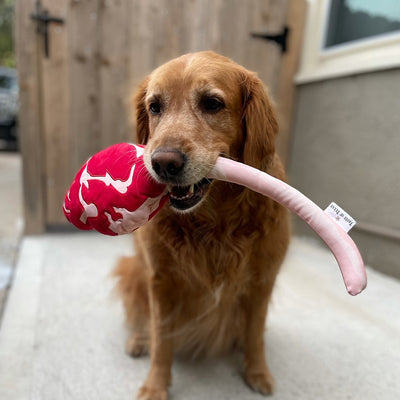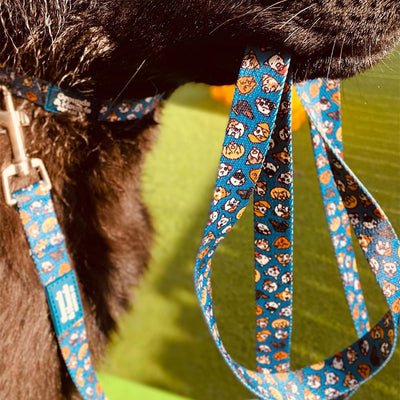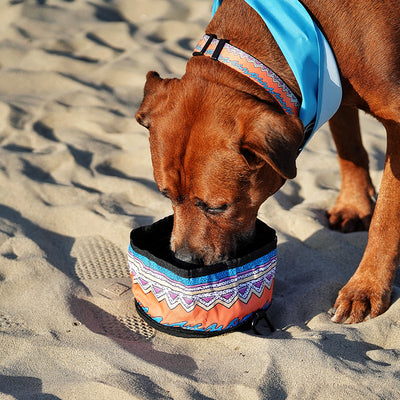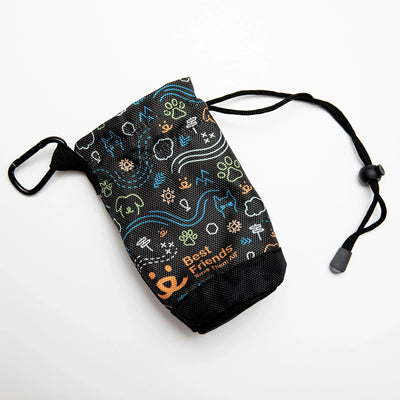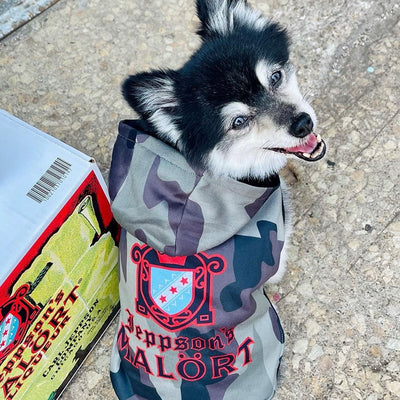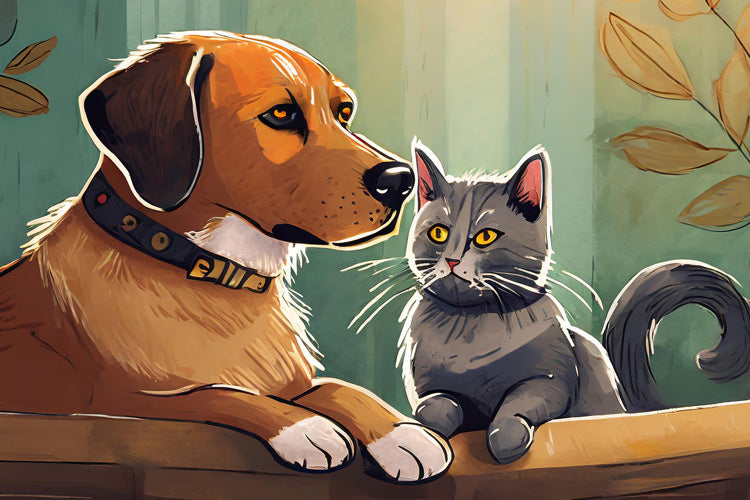Most people assume that cats and dogs do not get along, and the rivalry these two species have with each other is often featured in media and pop culture. However, eternal enmity between your fuzzy wards is far from being a foregone conclusion. If you find yourself in a situation where you’re entrusted with caring for cats and dogs within the same household, you should know that, while challenging, it definitely is possible to get your pets to play nice—or, at least, be at peace in each other’s presence.
Here are a few important tips from PrideBites that will help ensure that your cats and dogs can safely share your home, as well as each other’s companionship:
1) Invest in Their Training
Some pet owners are overly confident about their untrained pet being “chill,” and may fully believe that introducing a new pet—of a different species, no less—will cause no ruckus in the house. But such a change can be stressful for all pets involved, and real harm can result from simply letting pets do what they want.
Well-trained dogs and cats are much easier to control and will be better able to communicate their needs to you, greatly reducing the possibility of mishaps. Knowing that, if you haven’t already made the effort to train both your cat and your dog, do so as soon as possible and enlist the help of a pet trainer or behaviorist if necessary.
2) Use Separate Rooms, Pet Gates, and Crates to Permit Safe Scent Swapping
Pets should be kept physically apart at the beginning of their interactions to avoid serious incidents and permit them to safely acclimatize to each other’s scents. Ideally, the new pet should be kept in another part of your home, with a few things they can rub their scent on—like toys, custom dog beds, or other items that you can let your other pets explore under your supervision later on.
If you have a smaller home, pet gates and large pet crates can be invaluable tools during the acclimatization process, providing a physical barrier between them that also facilitates safe scent swapping. This, in turn, will improve your pets’ familiarity with each other.
To further help their relationship get off to a good start, exchange bedding or rub a towel on each pet, then allow them to take in each other’s scents at their own pace. This gradual introduction will build their familiarity around each other without direct contact or risks of premature confrontation.
3) Never Leave Your Unacclimatized Pets Supervised
Even if you do have suitably large pet crates and gates to keep your pets apart, close supervision is paramount at the initial stages of their introduction. Leaving a dog and cat alone too soon can lead to stress, aggression, or injury on either pet’s part. Always monitor your pet’s interactions closely, ensuring the safety and well-being of both pets until a level of comfort and understanding is established between them.
4) Provide a Calm Environment for Your Pets
A calm environment will keep your pets’ moods stable and prevent their fight-or-flight responses from kicking in. Keep your pets’ attention controlled with their own toys or training cues to decrease overstimulation and to promote a calmer environment for everyone.
5) Don’t Force Your Cat to Be Friends
You probably already expect that your cat will be the one that needs more time to get used to your dog. Cats are known for their independent nature, and forcing them into interactions can lead to stress and anxiety on their part. Moreover, it makes sense for cats to exercise caution, given that they are generally less powerful than dogs.
Allow your cat to approach your dog at their own pace, and you’ll be able to cultivate a more positive association for their canine companion over time.
6) Know the Differences between Each Species’ Behavior
While dogs and cats may behave in superficially similar ways, the meaning behind their actions can be different and, occasionally, contradictory. For example, if a dog shows you their belly, it’s usually a sign that they want a belly rub. When a cat does the same, however, it demonstrates trust but isn’t necessarily an invitation to touch them.
Knowing subtle distinctions between feline and canine behavior will help you and your pets build stronger, more trusting relationships with each other, and it will also make you better at attending to each species’ specific needs.
7) Provide Multiple Safe Spaces for Your Pets
Even if they do end up getting along very well, both your dog and your cat will want their own retreats or safe spaces. Make sure that your home already has elevated perches or secluded corners that can serve as sanctuaries for your cat to observe your dog and feel secure. It would also be good for you to dedicate a corner to your dog where they can hide away when they feel stressed or anxious.
Both cats and dogs value their territory. Providing multiple safe spaces for both of them ensures that they will choose to retreat and stay in a calm disposition rather than fight when feeling anxious or threatened by each other.
8) Start Them Early, If You Can
Puppies and kittens that grow up together are much more likely to form close bonds than they would as adults. Fortunately, pets that are introduced later in life can still form close bonds of trust, provided the previously mentioned recommendations are followed closely.
Even if you follow these steps to a tee, it can take a few weeks or months before your furry friends become pals. Like humans, each cat and dog has a unique disposition, and it’s impossible to guarantee that you’ll soon end up with close chums who are always ready to frolic with each other.
What’s important is that you demonstrate patience and a willingness to listen to your pets’ cues. With these guiding your approach to raising these two different species, you’ll be able to embrace the joy of multi-pet companionship within your household.

